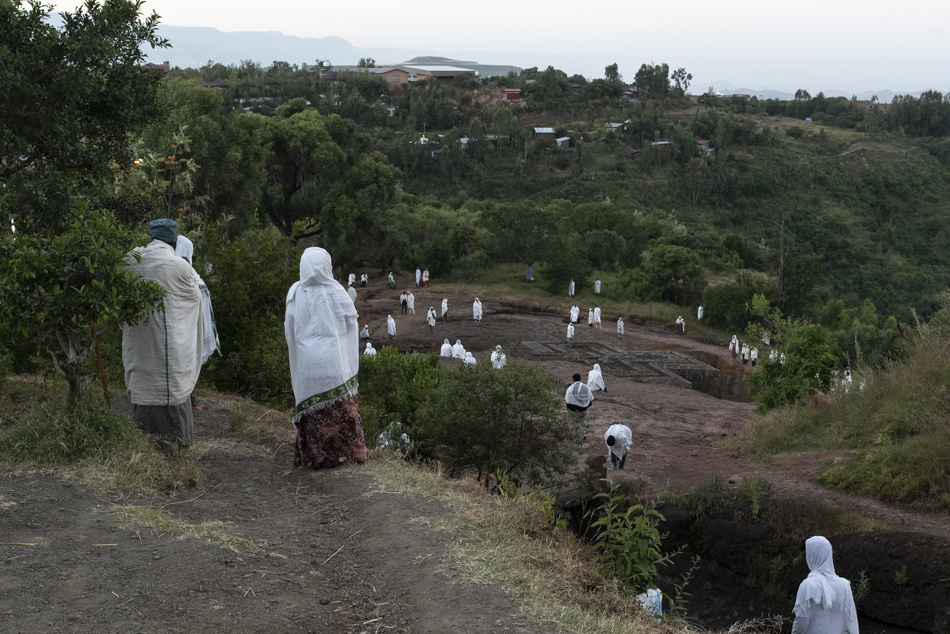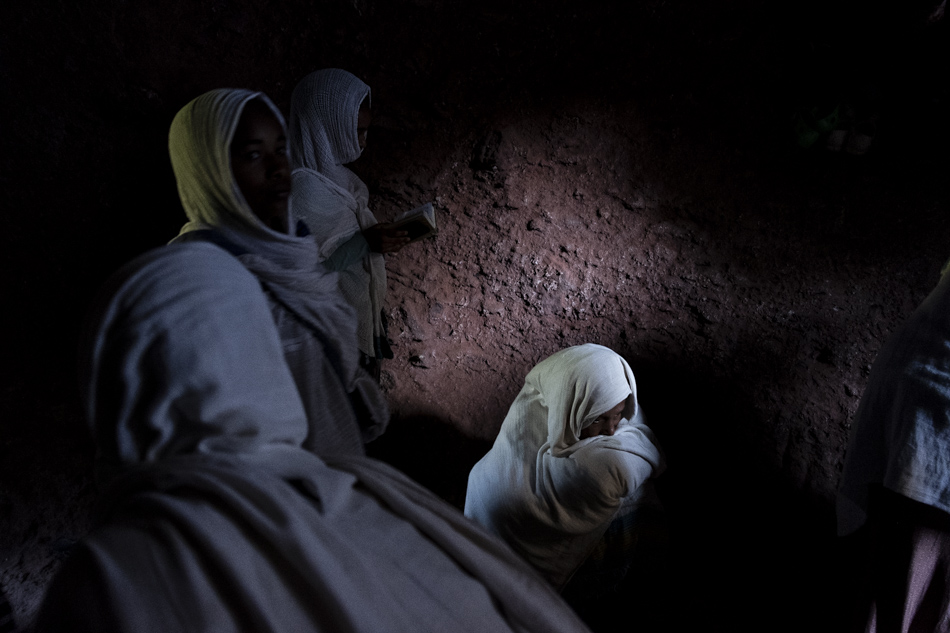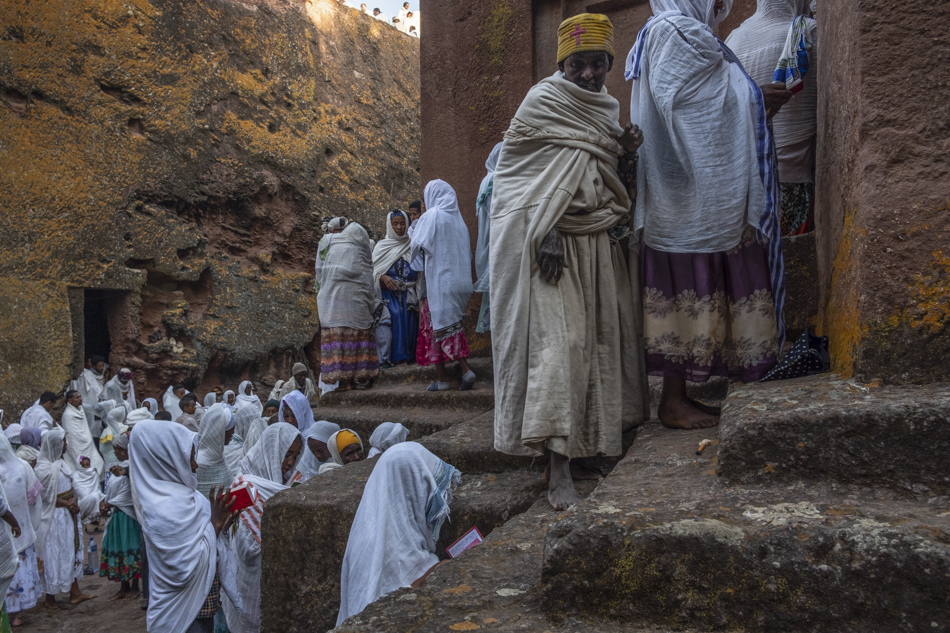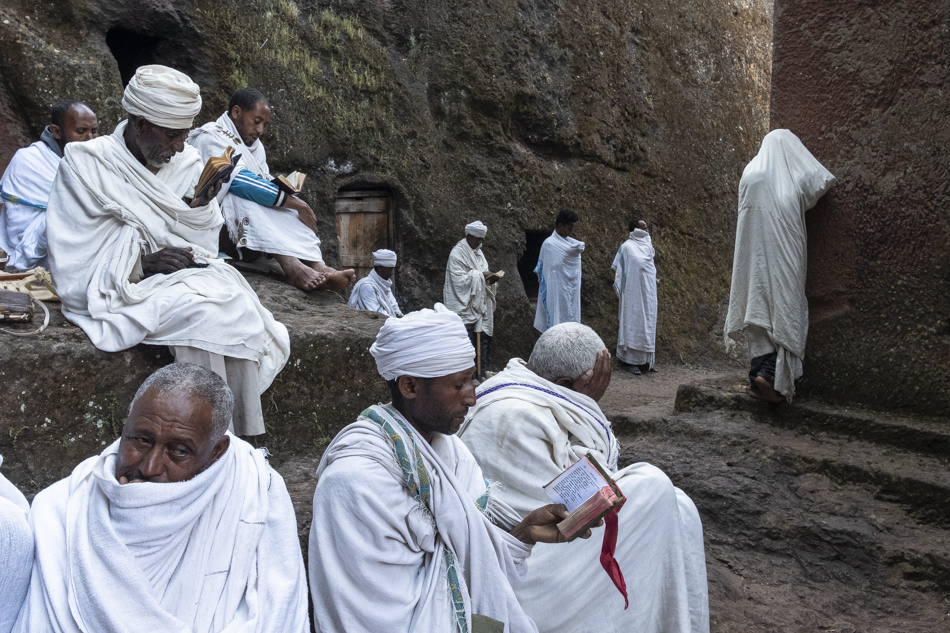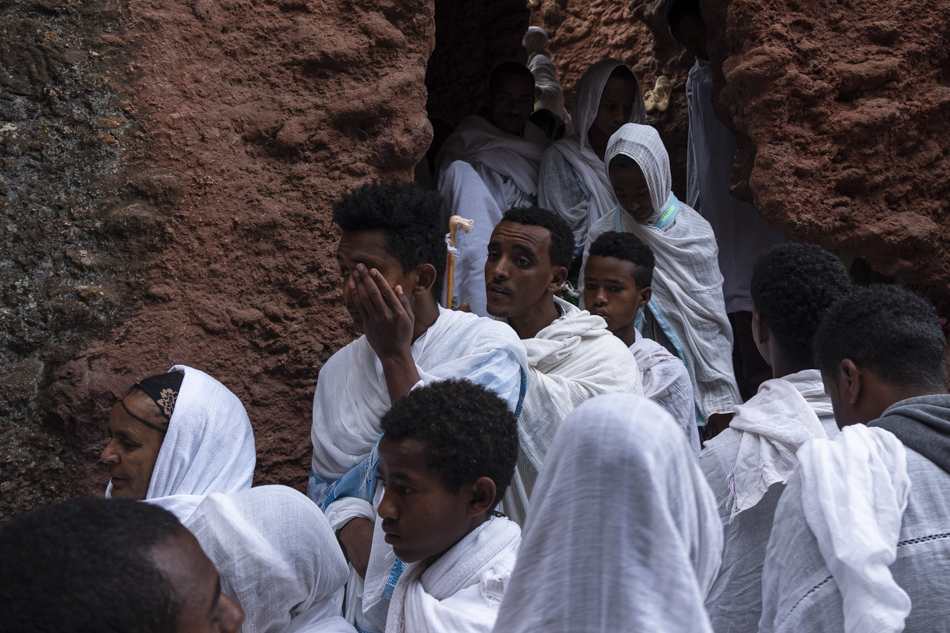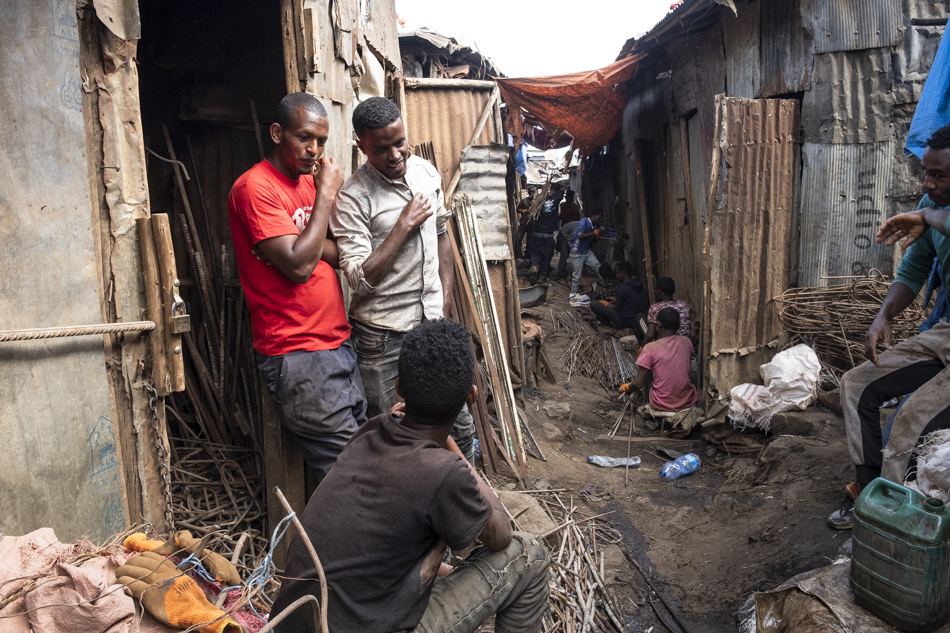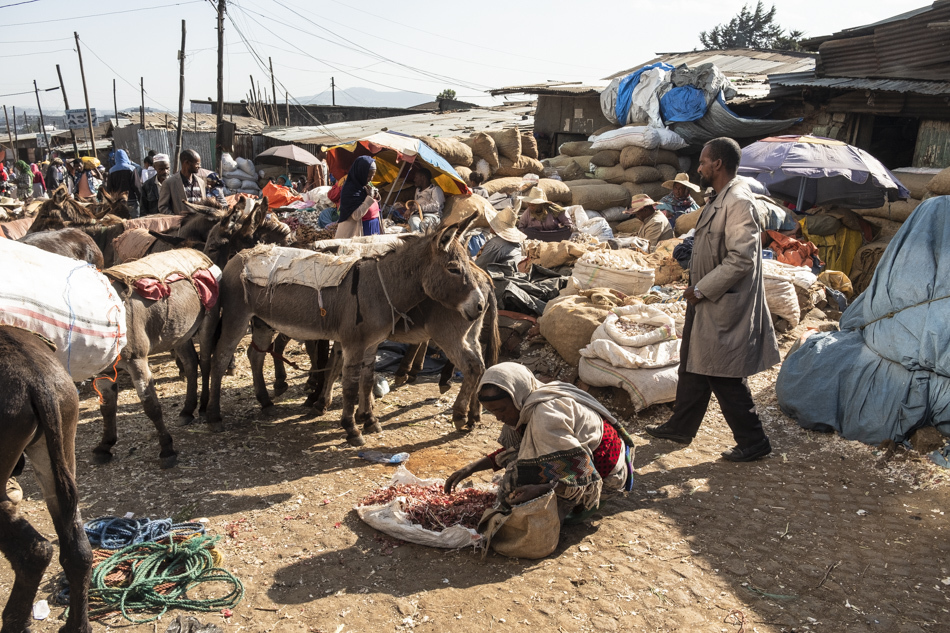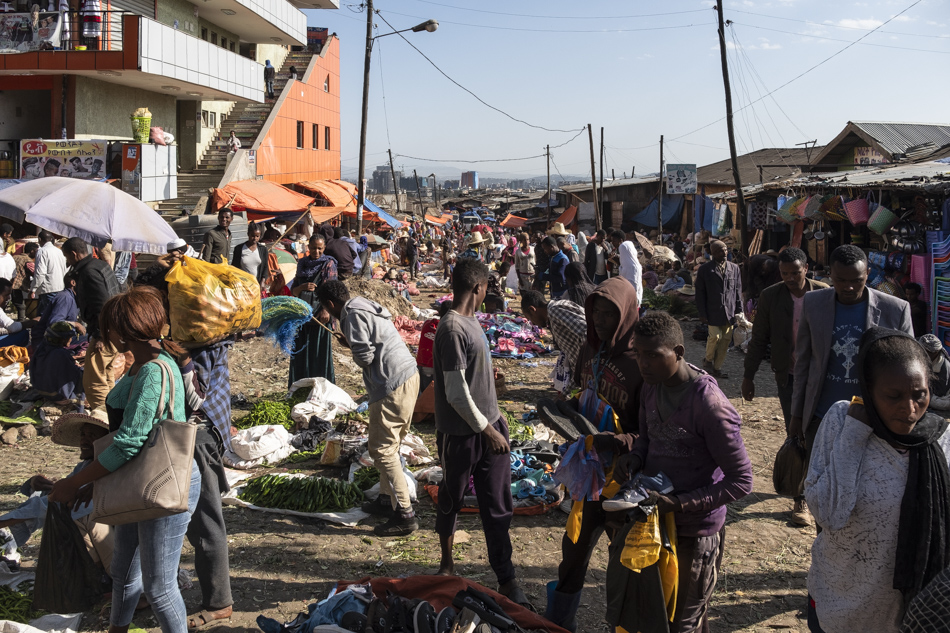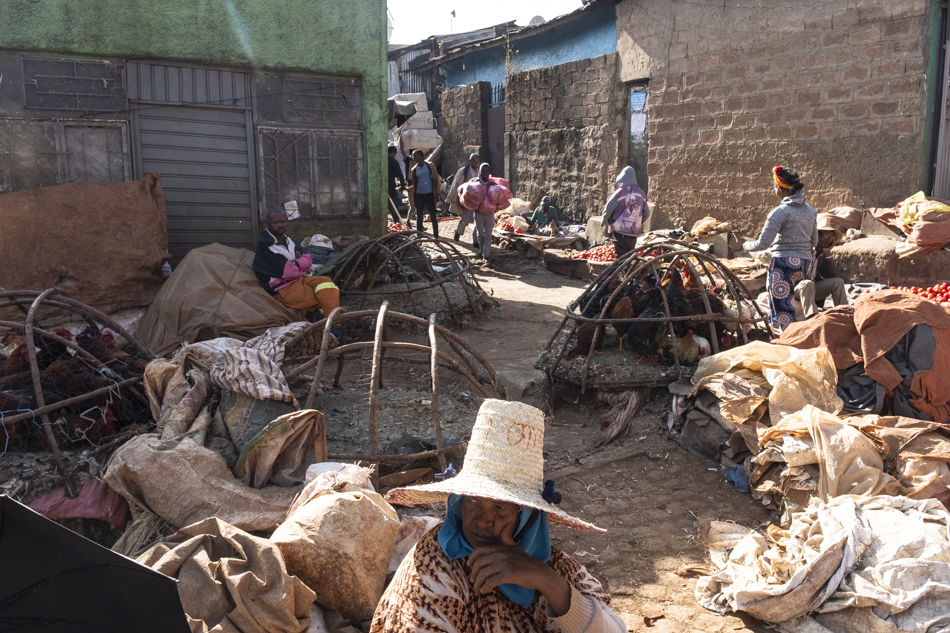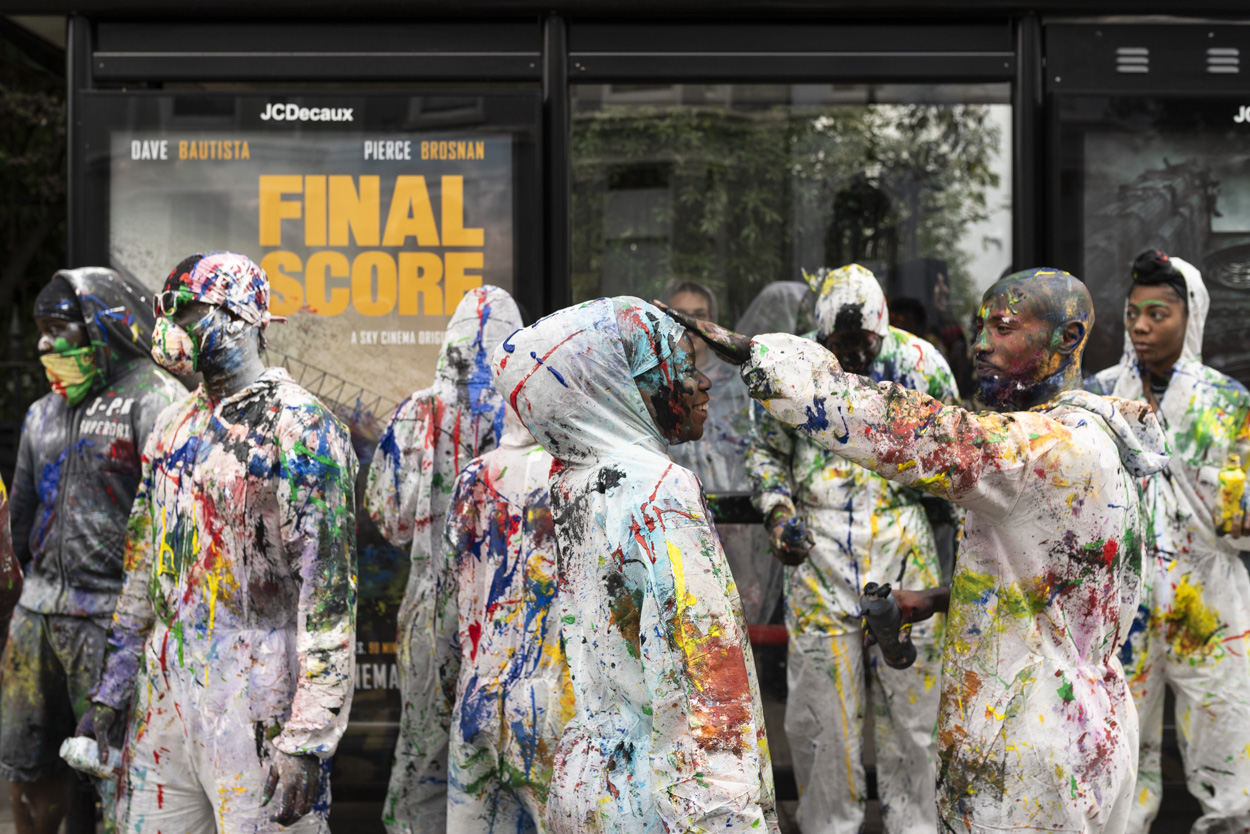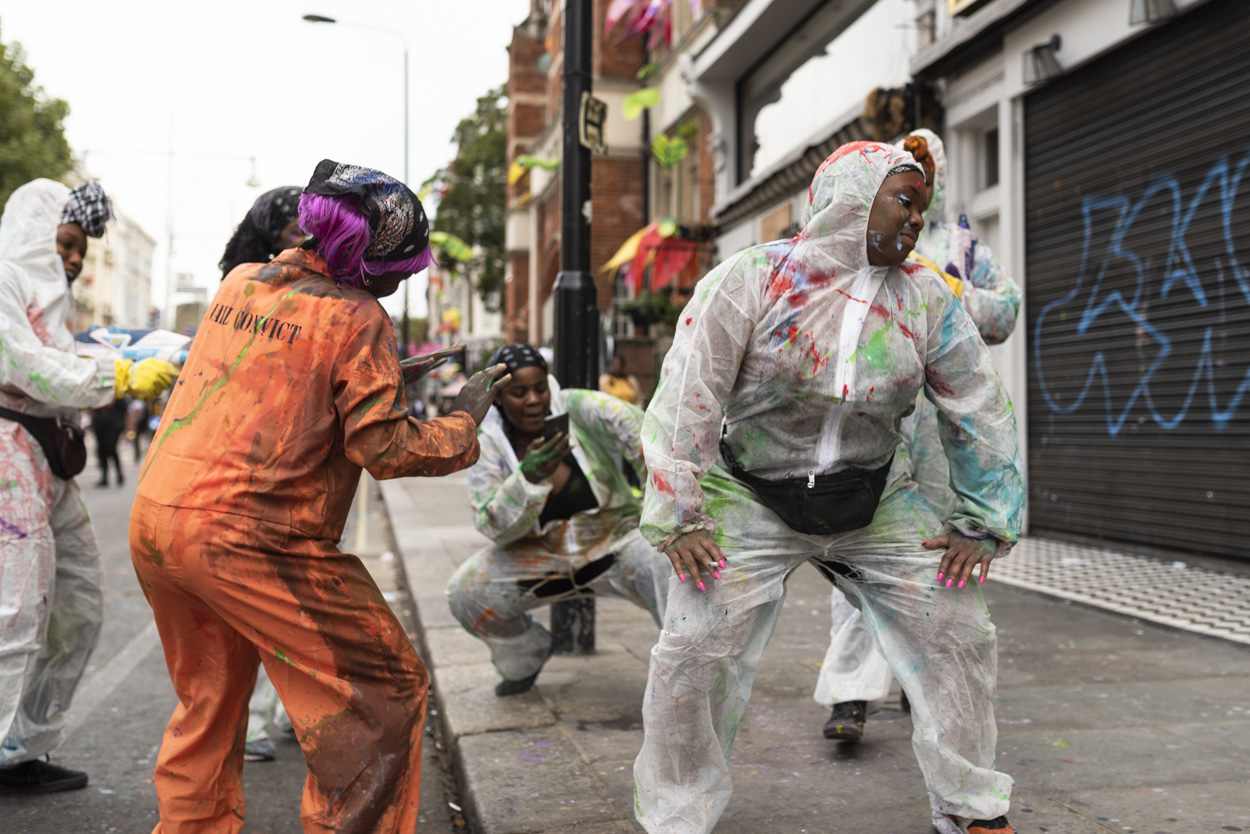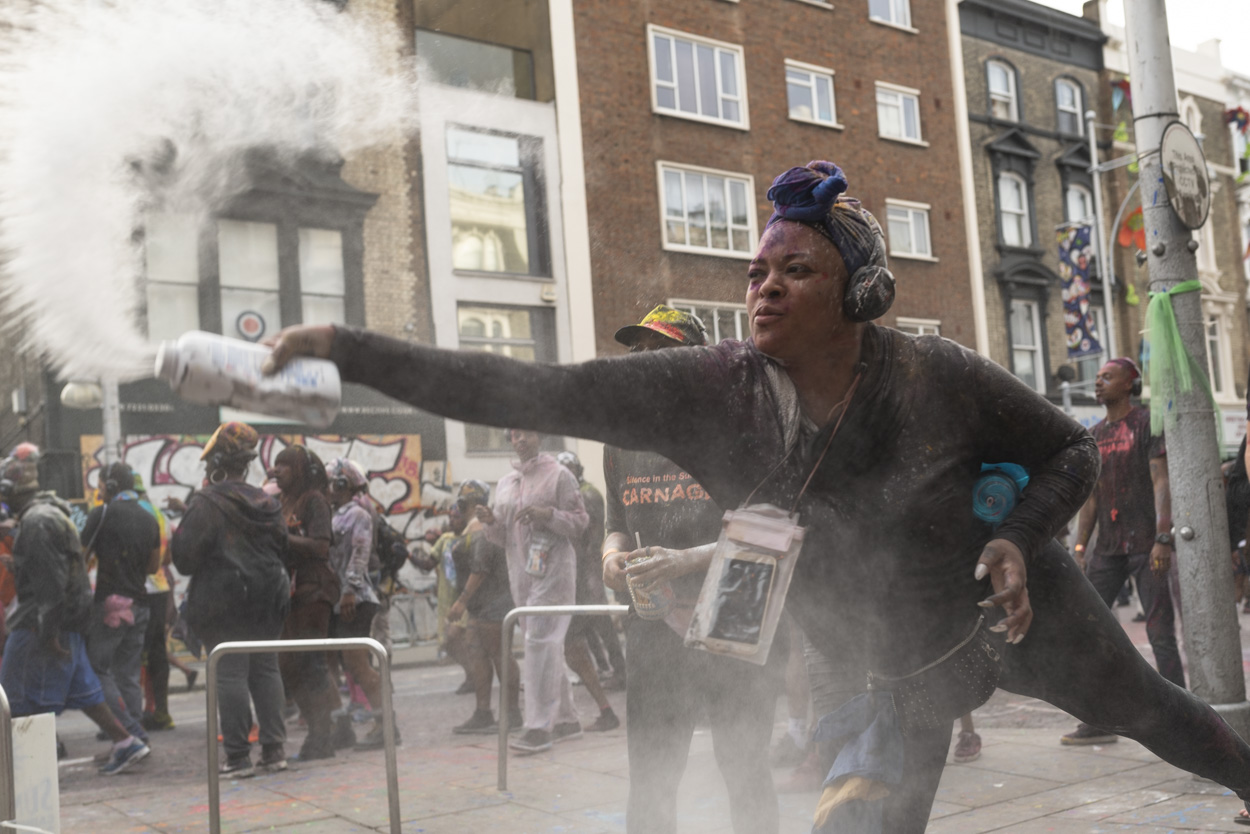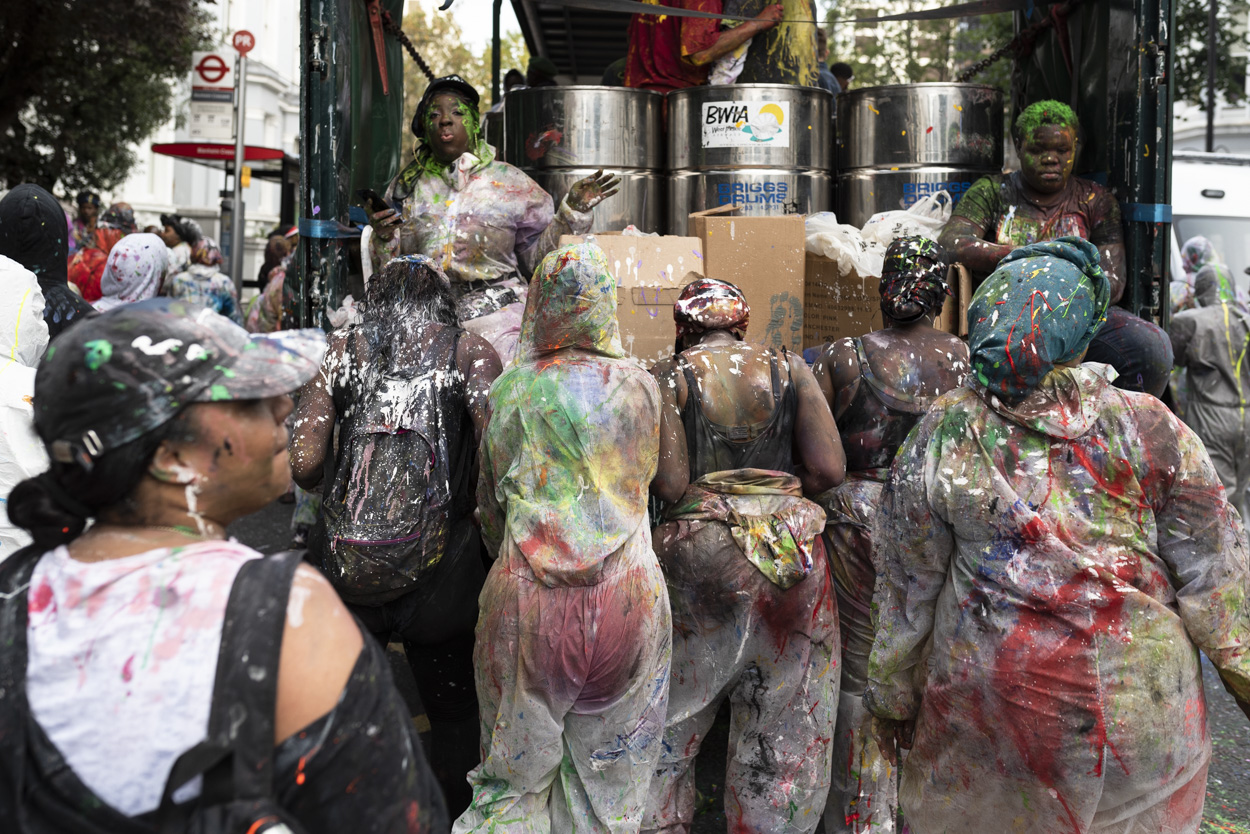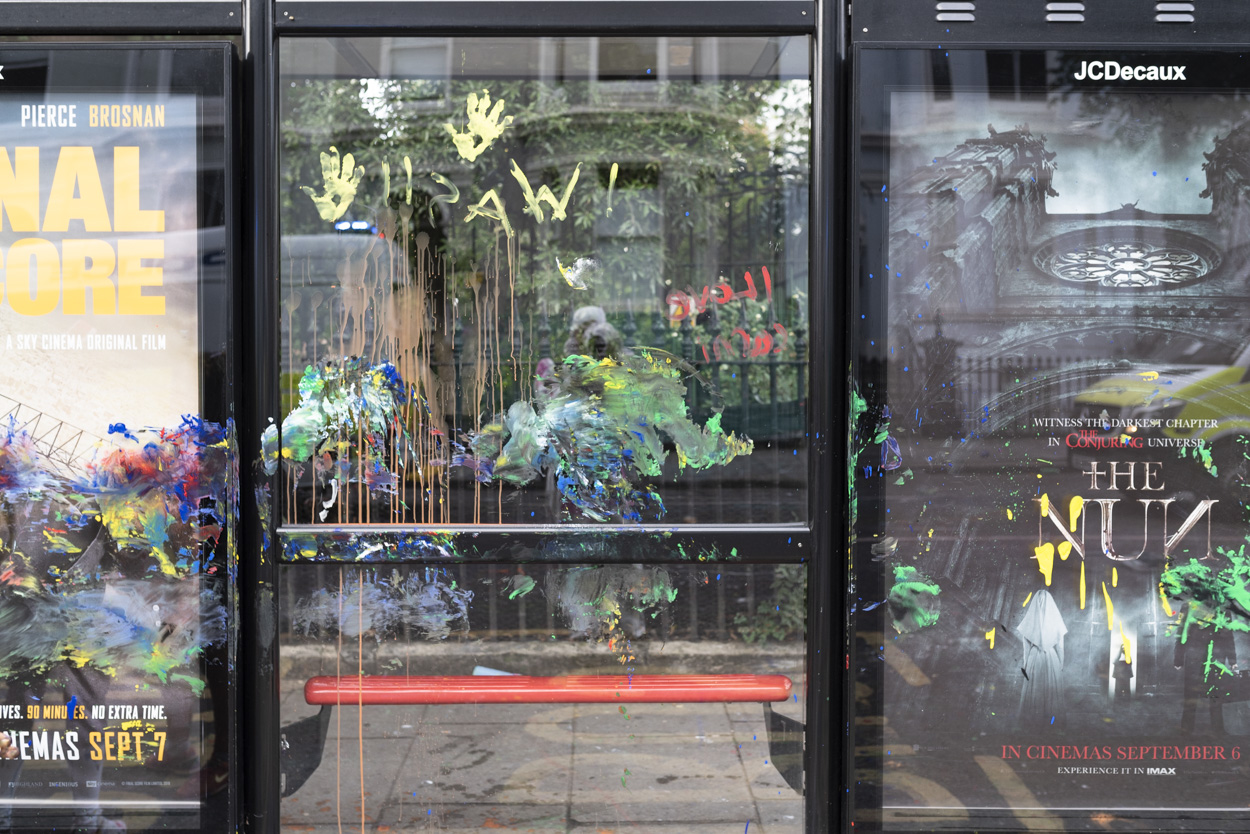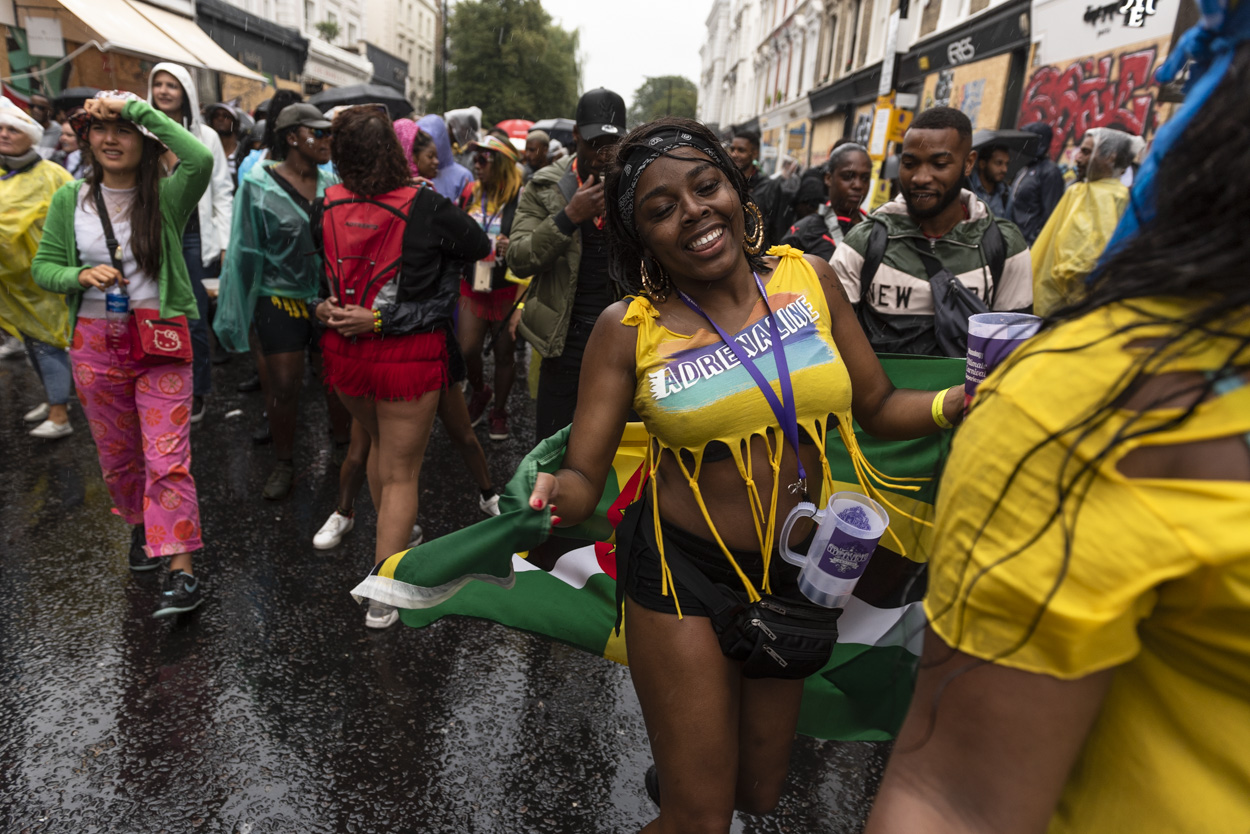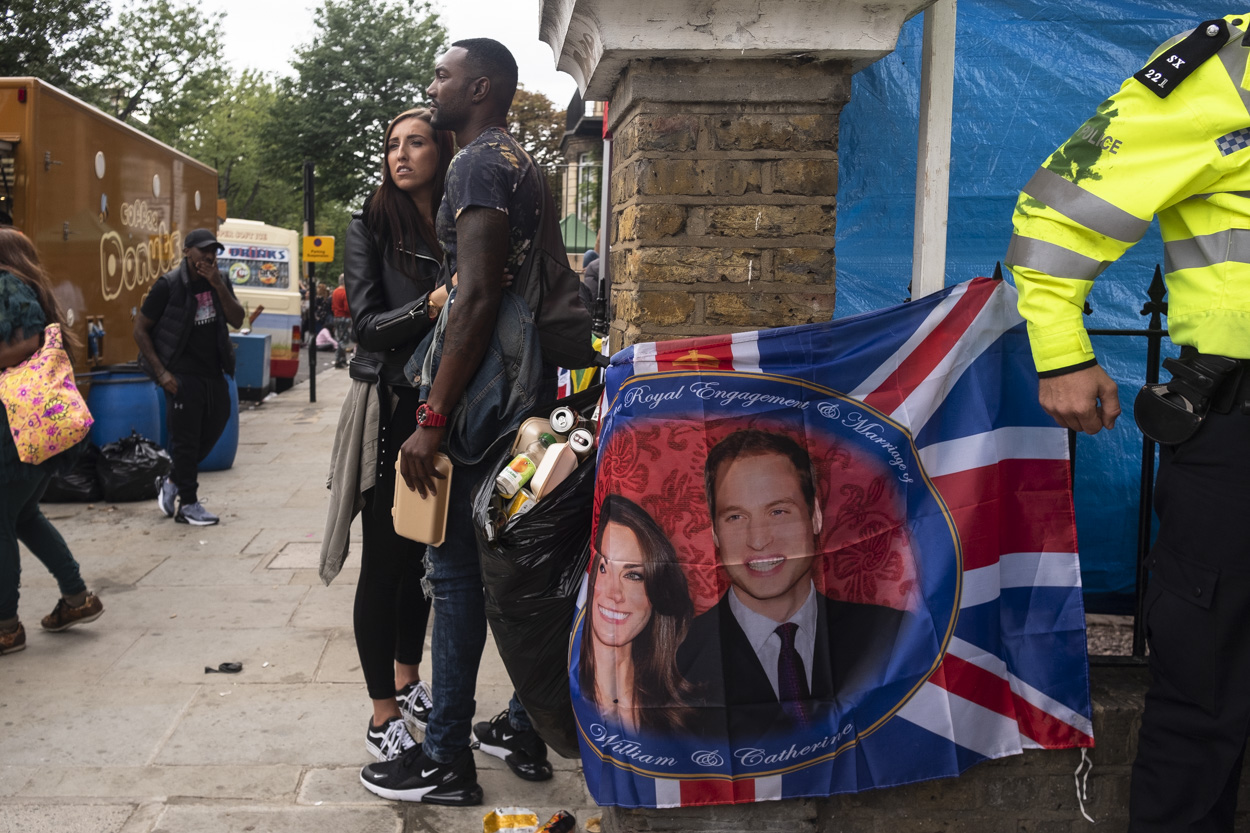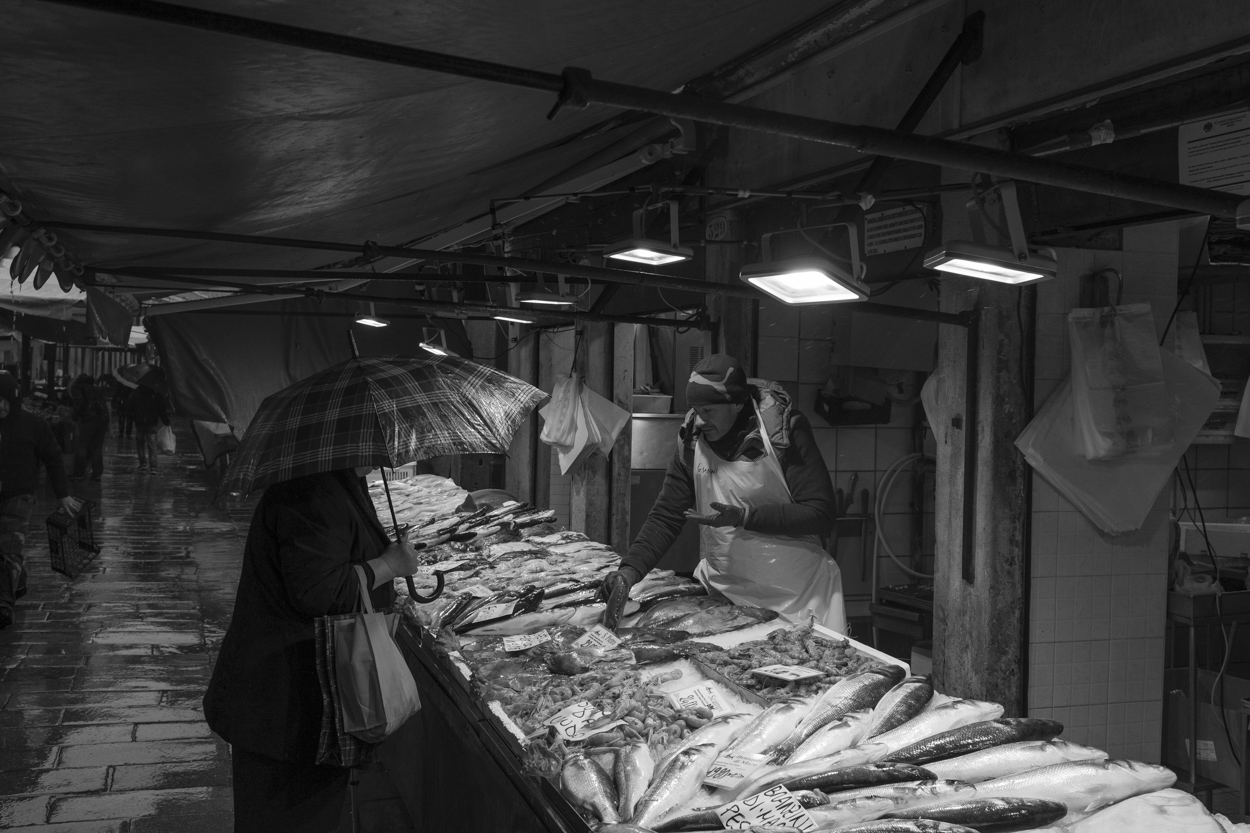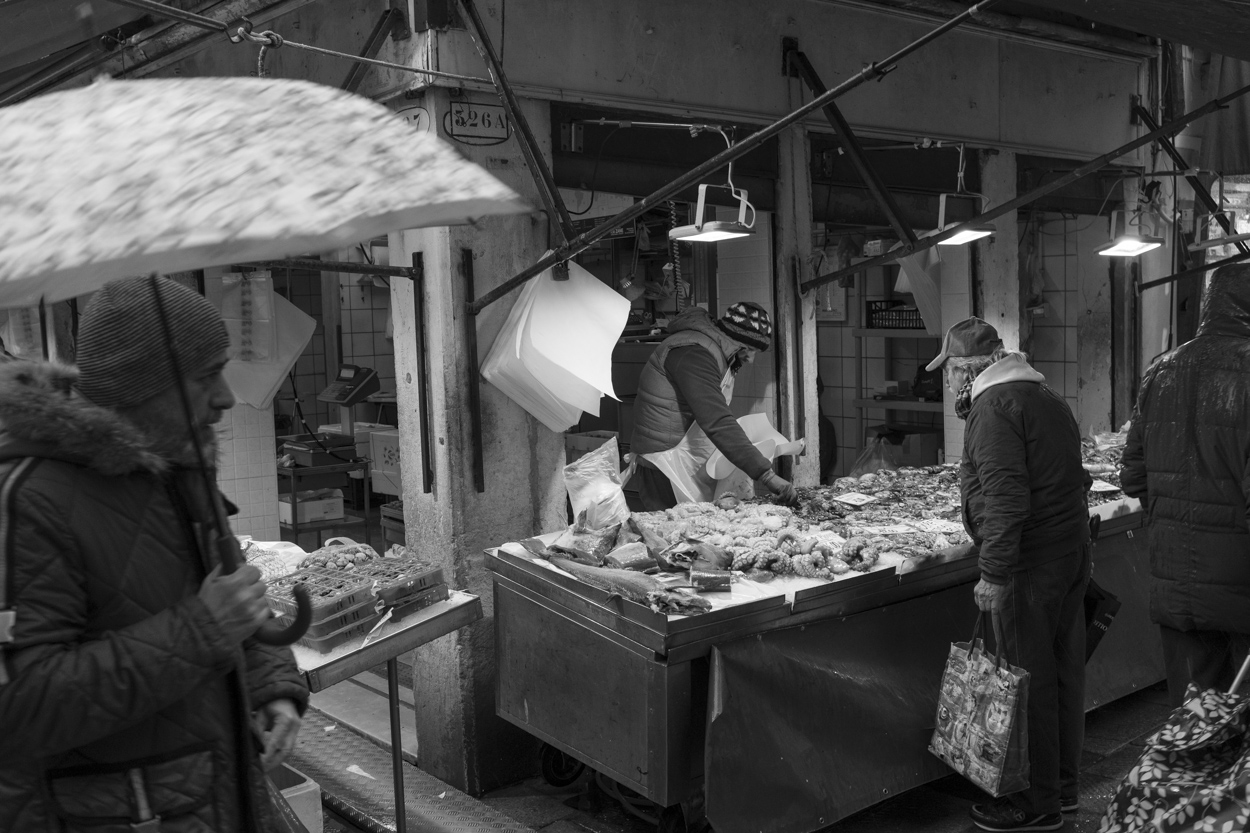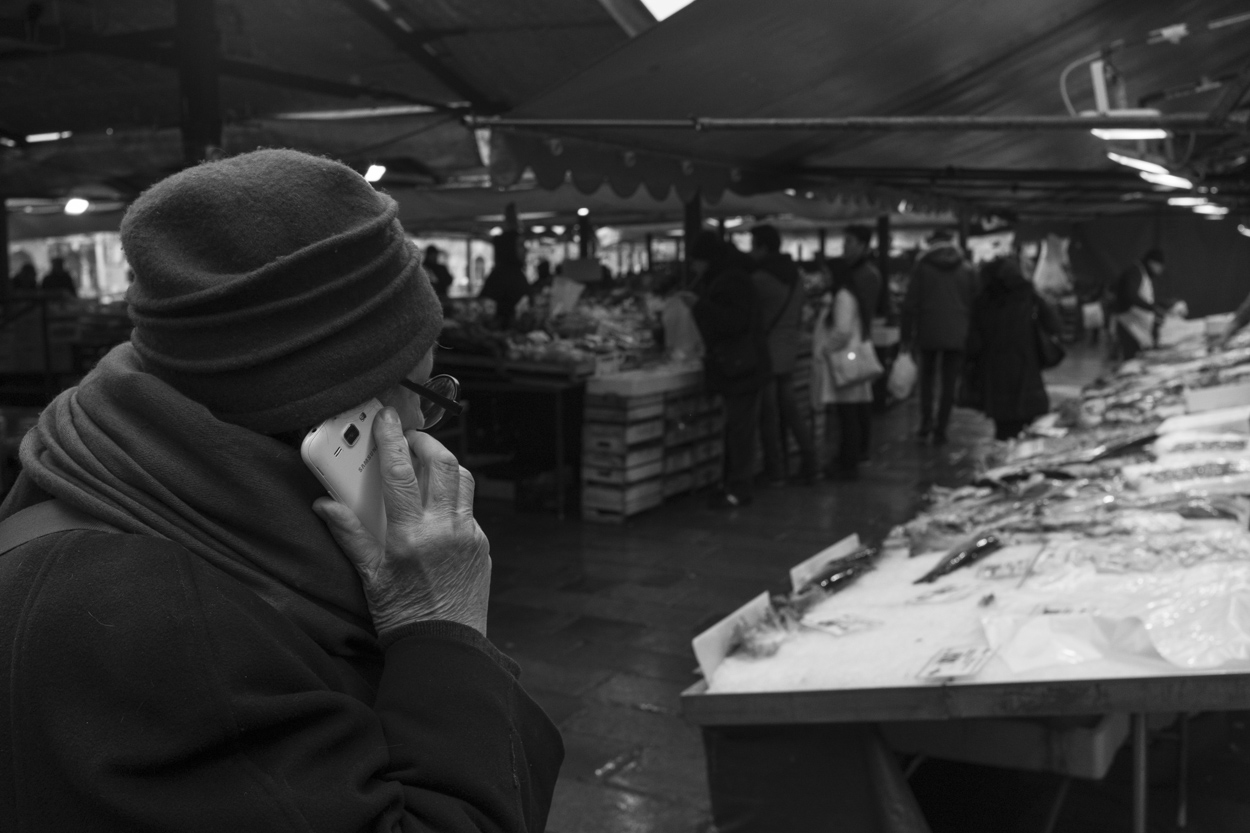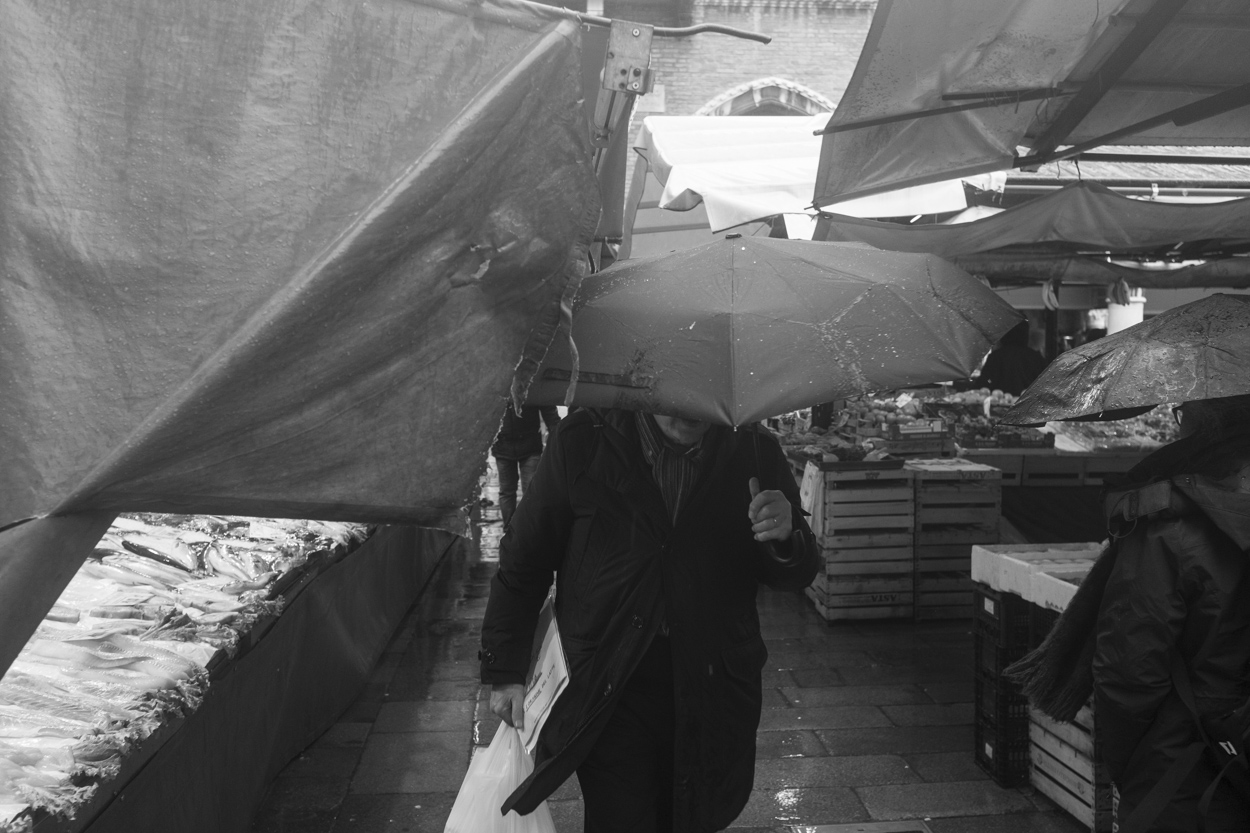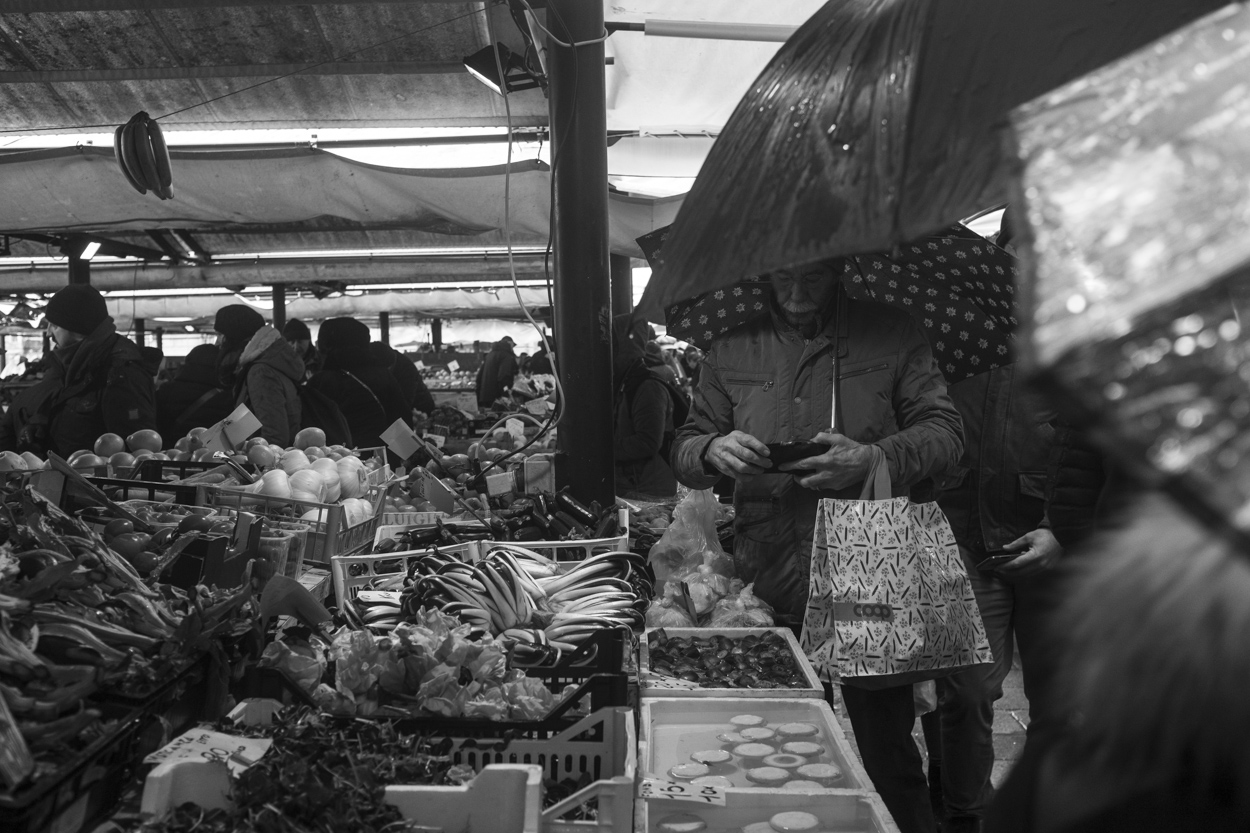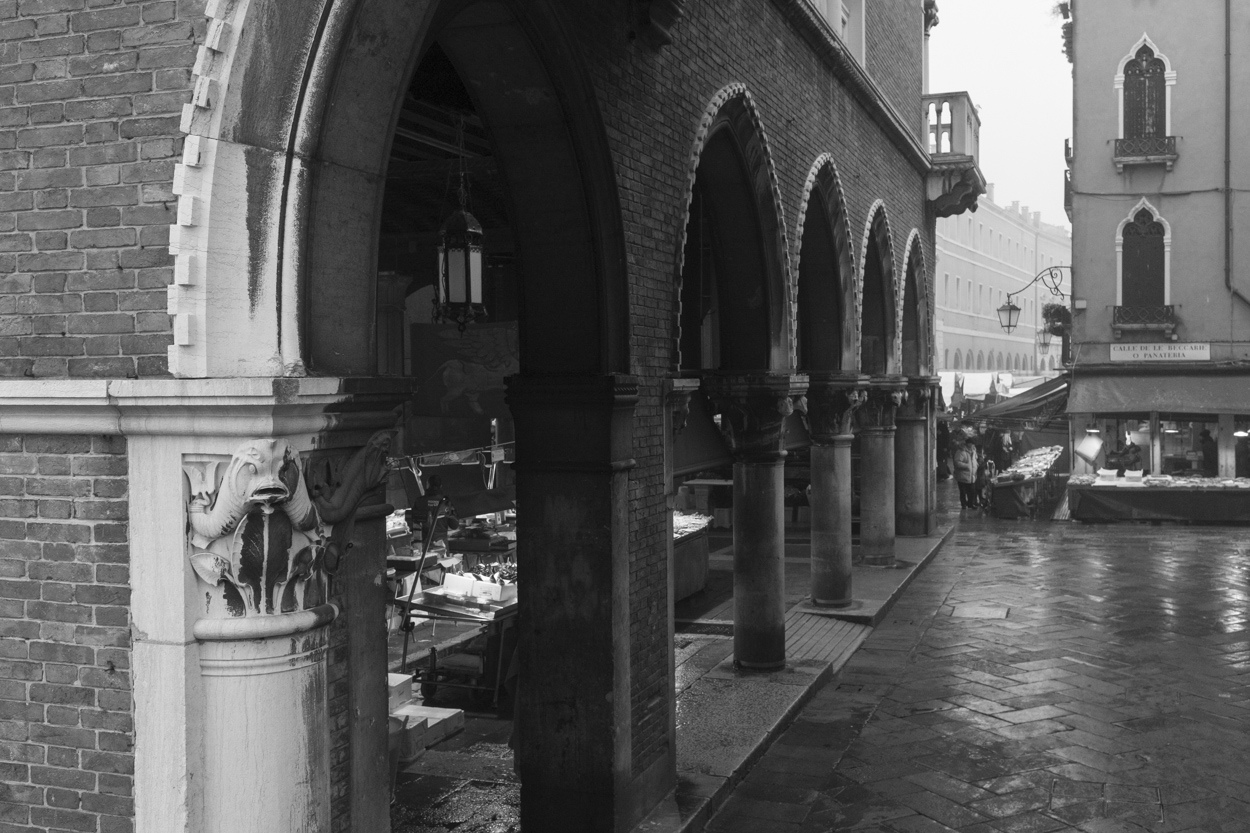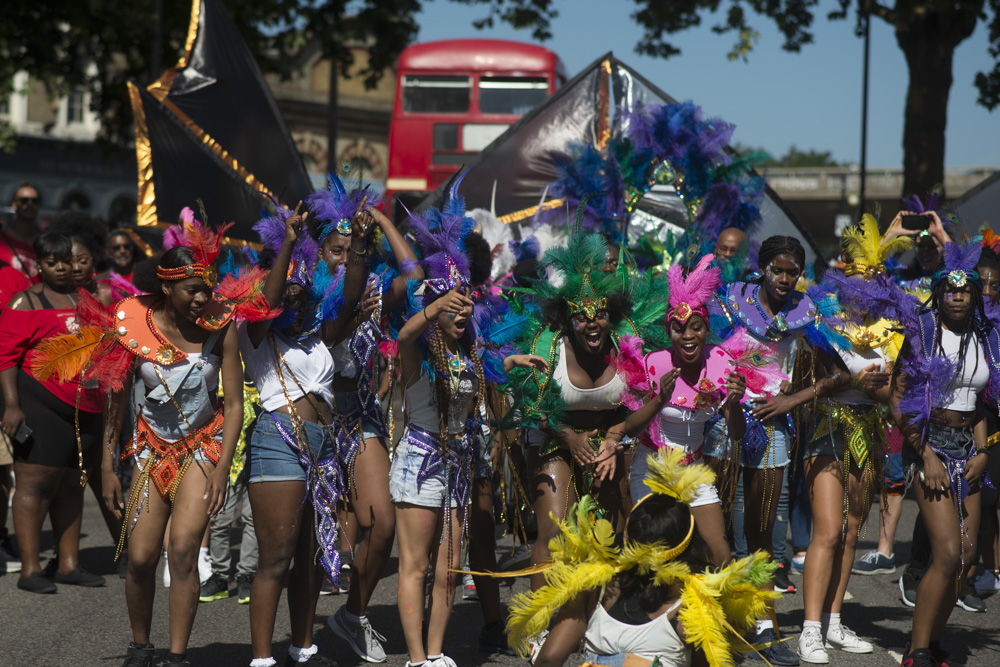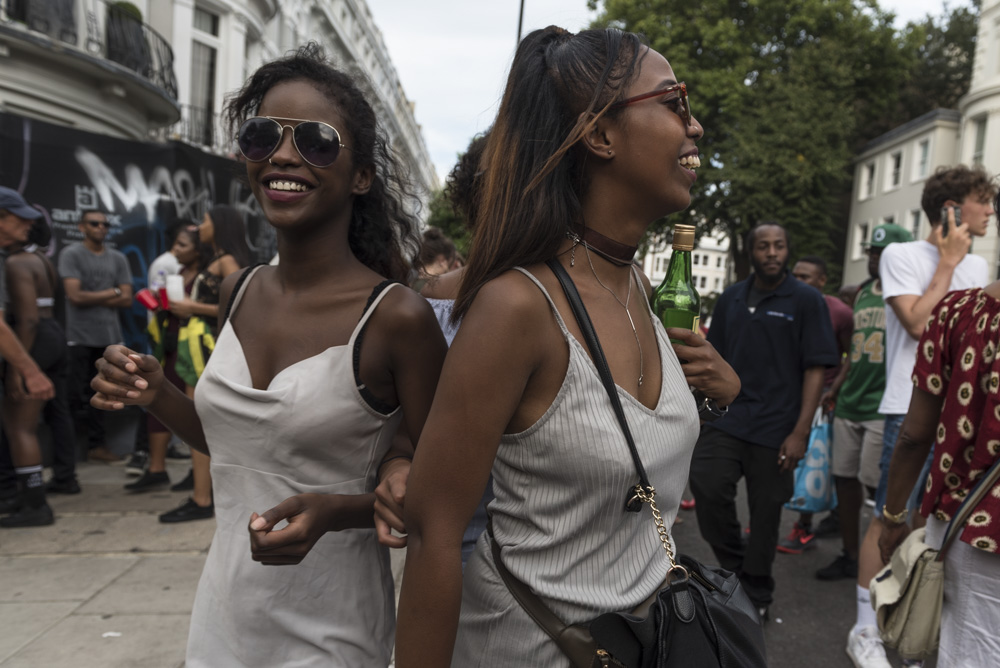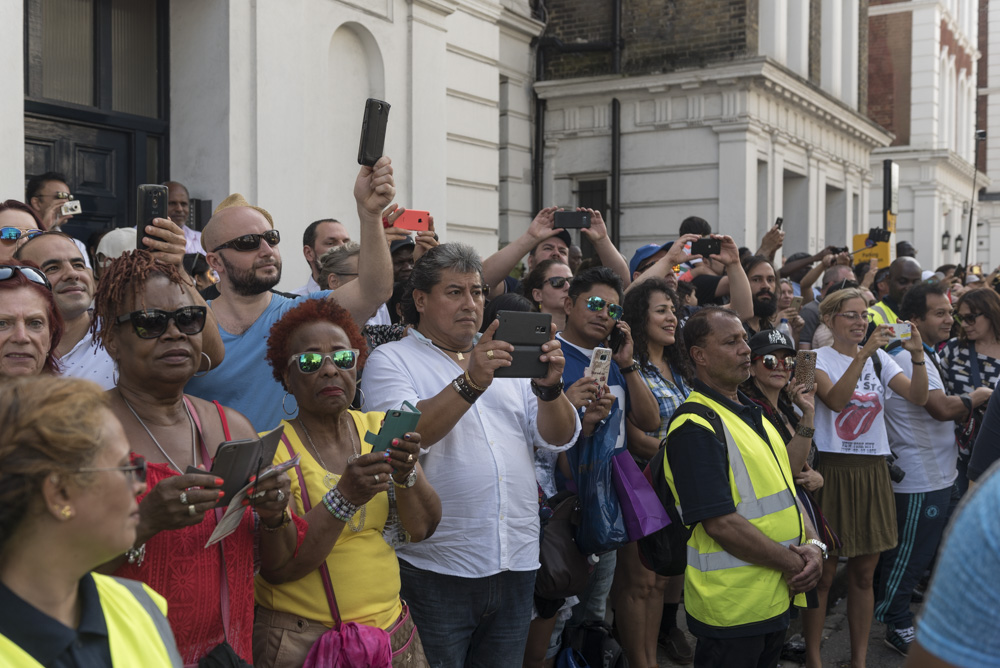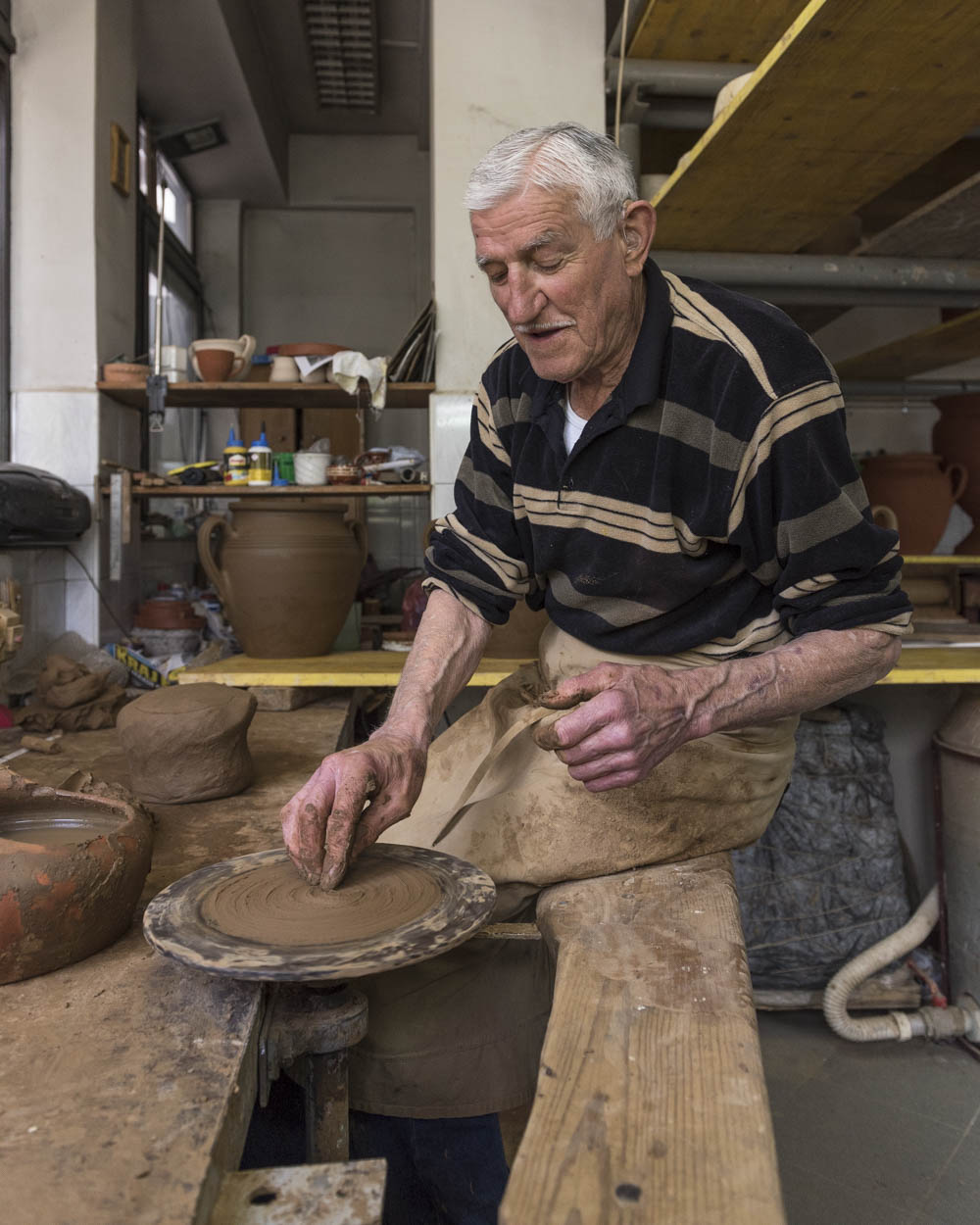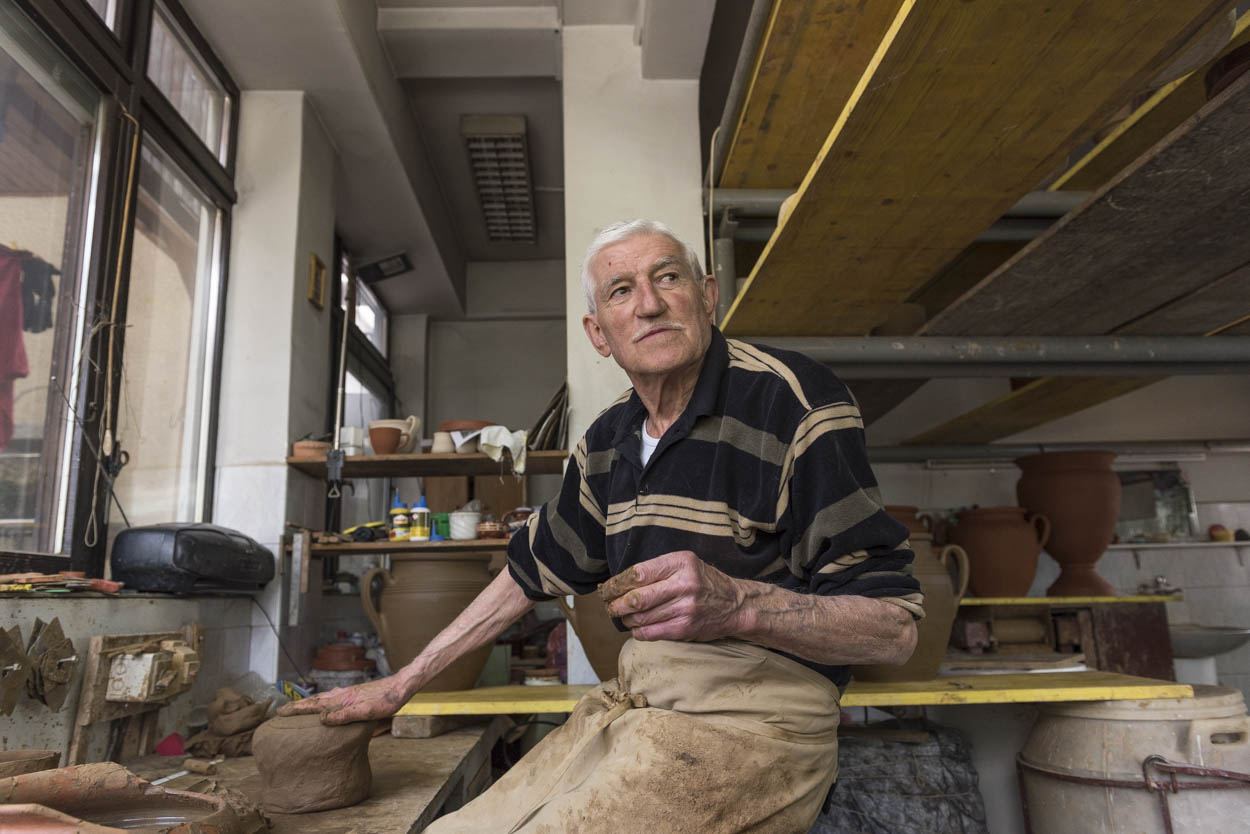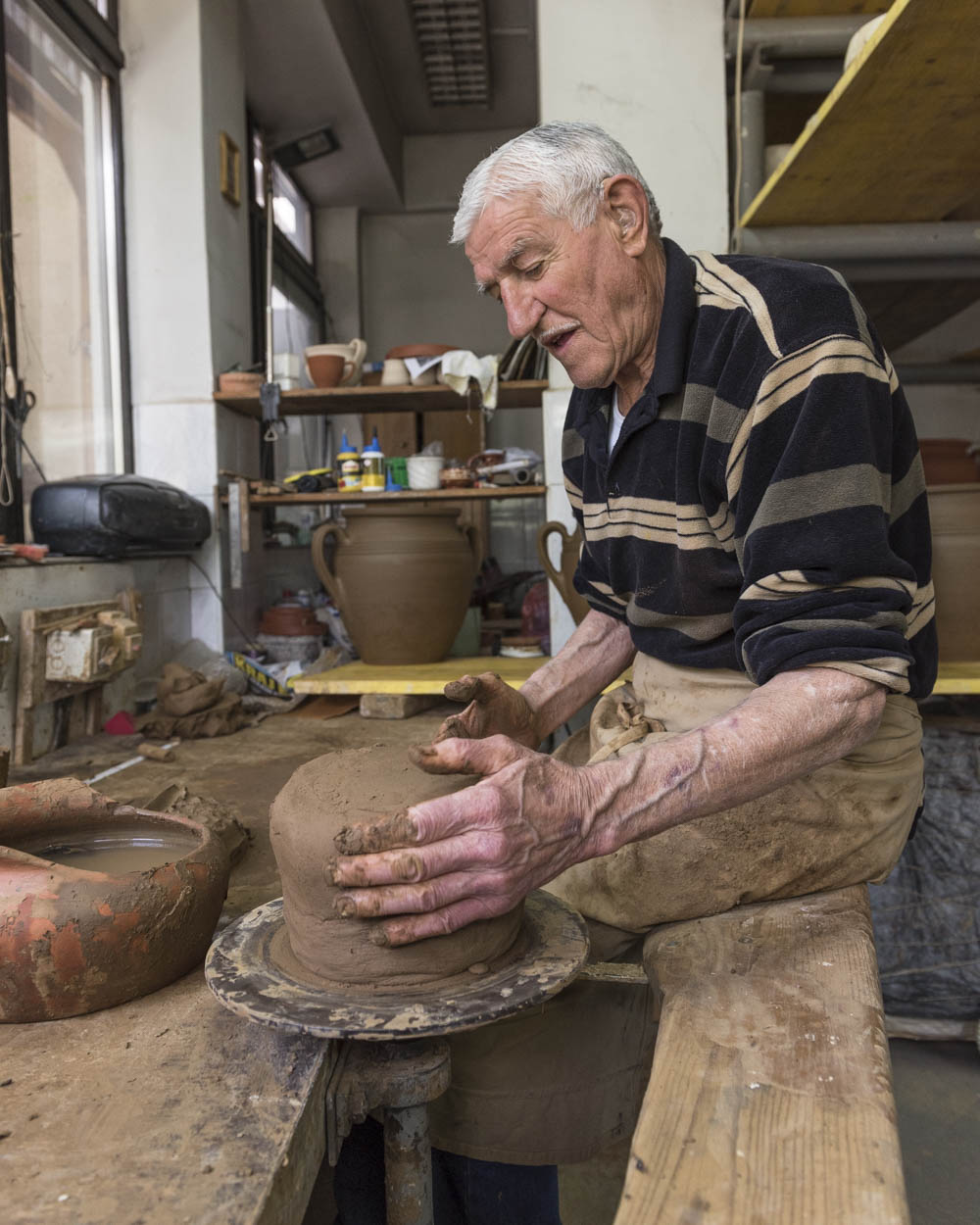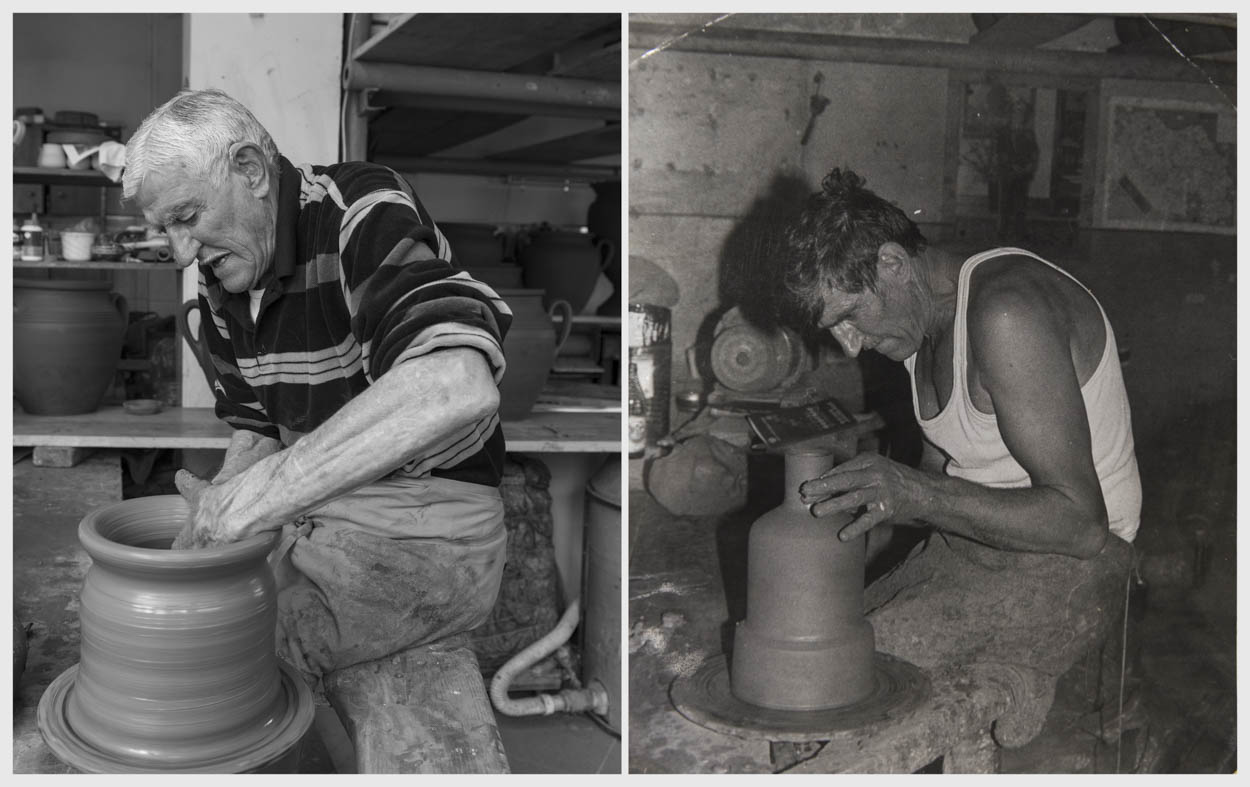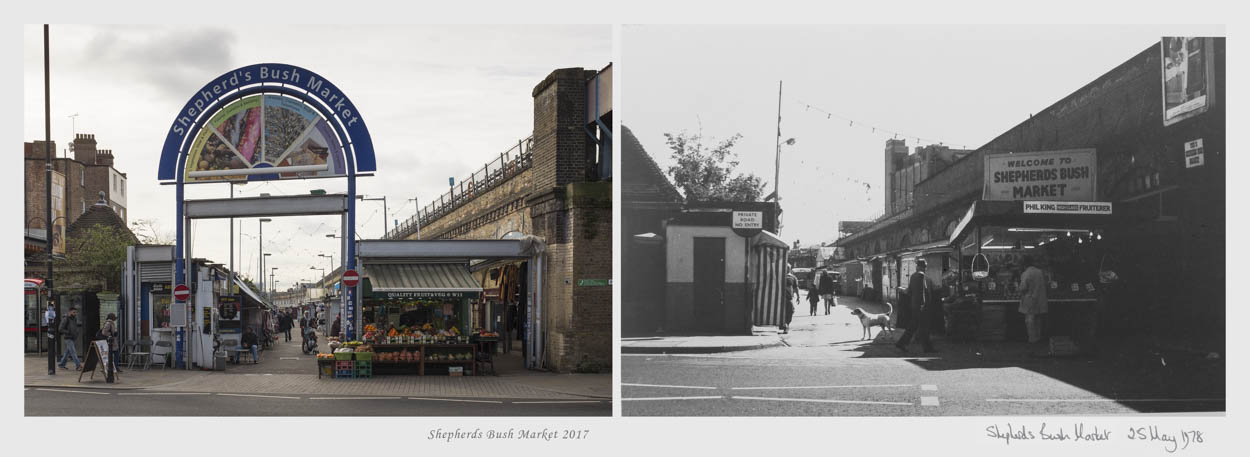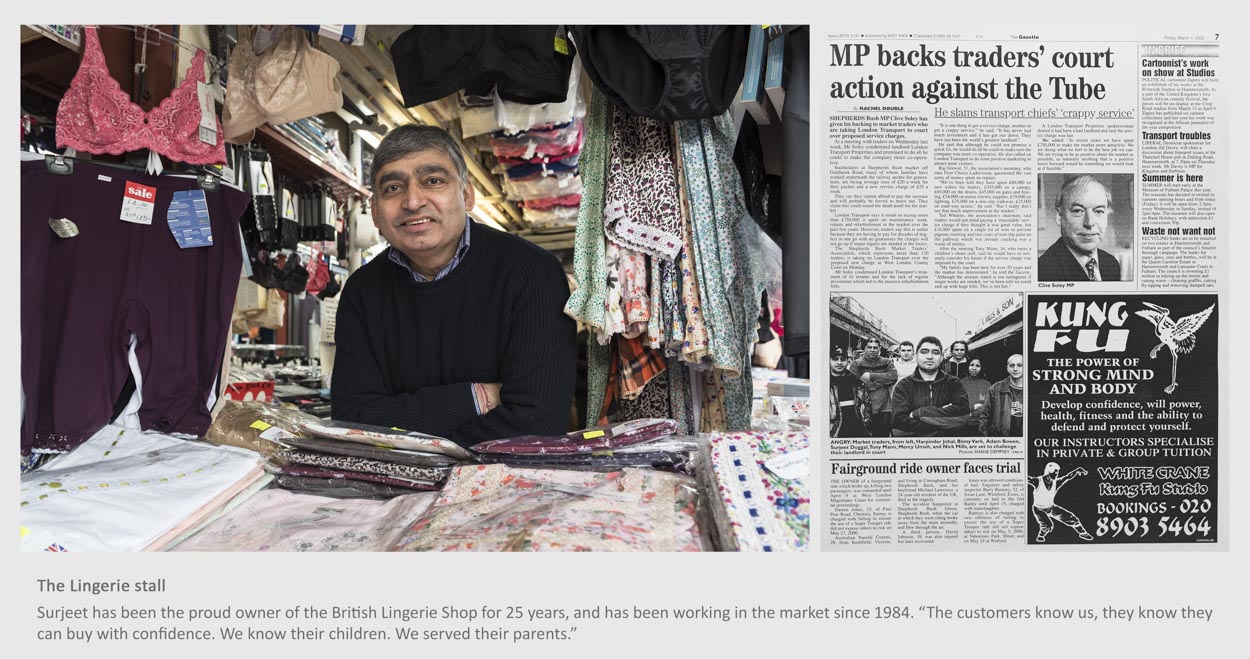Commonly known for the Piazza dei Miracoli and The Leaning Tower, Pisa remains a town rich in culture, historical sites, and traditions. The month of June offers a number of events, such as the “Luminara”, the “Regatta” and the “Battle on the Bridge”, when thousands of people come to overcrowd the southern and norther banks of the river Arno, called “Lungarni”.
The Battle, which sees several neighbourhoods, organised in two main coalitions, the southern side of the river, or “Mezzogiorno”, and norther part, or “Tramontana”, and evokes medieval battlefields among factions in Pisa. The first edition of the game took place in 1568.
The overall game is divided into several stages. The historical parade, the formal opening of the battle, the challenges made by the ambassadors and the battle itself. The most picturesque part of the events are the historical parades, which start simultaneously on both sides of the river.
The sunset light is gentle on the beautiful medieval costumes. The Pisans have arrived in great numbers, sitting and standing on the parapets along the Arno. Everything is well organised for a family-oriented event. The “Gioco del Ponte” begins under the sound of the troops marching and drumming along the Lungarni.
I have chosen to follow the “Tramontana” coalitions as the troops pass by the popular street of “Borgo Stretto”, one of the most characteristic and picturesque sites at the heart of Pisa, with coffees, restaurants and the authentic fruit market. The Borgo Stretto is where the social life happens, where the university night life takes place, where curious tourists are willing to discover the town beyond the Duomo, where to enjoy the stunning sunset on the Lungarno.
The overall historical parade consists of twelve teams, each one representing a different faction of Pisa. Each has its own motto, costume, drummers, warriors, and captain. They walk by the Arno to finally gather at the opposite side of the main bridge or “Ponte di Mezzo”, where the battle will begin. From there, a “challenge” is made deciding which team is going to fight next. In return, the ambassador from the opposite collation will announce the opposing team.
The actual battle happens in the middle of the bridge, where rival teams compete to “conquer” the bridge by pushing against each other a special trolley which moves on the track. The winning team is the one who makes the other team retreat, by triggering a flag at the end.
As in the medieval battlefields the troops needed to be highly trained, so are the man pushing the trolley. Physical strength alone is not enough to succeed. Mental preparation and a strategy under the command of a team captain are needed to win a battle. In the hierarchical organisation of the game, the captain is the charismatic leader the team relies on. Some have been leading a team for many years collecting memorable victories.
Six battles might not seem a lot, however a single encounter might last for many minutes of exhausting and strategic push-retreat-push. This was the case this year with the last fight, lasting for about twenty minutes, which sees the strongest teams from both sides. The awaiting during the push is nerve wrecking for the supporters on both sides, as the trolley does not seem to move to any directions. Supporters’ cheering blends with the noise of the drums.
A last final push and the overall victory this year goes to Tramontana. As the game is over, supporters pour out to the streets to celebrate with the winning coalition.
The Gioco del Ponte is a source of great pride in Pisa, and it is supported by the “Amici del Gioco del Ponte” association, committed to support the game with awards linked to the best roles and costumes.
It is much more that a game. It is love, respect and celebration for the Republic that Pisa once was. The town was a power in the Mediterranean at the time of the Maritime Republics. Not by chance, the overall motto of the Gioco is “Vinca Tramontana o vinca Mezzogiorno, sempre Pisa vincera’“ (translates like – whoever wins between Tramontana and Mezzogiorno, Pisa will always win). The greatness of Pisa always win.
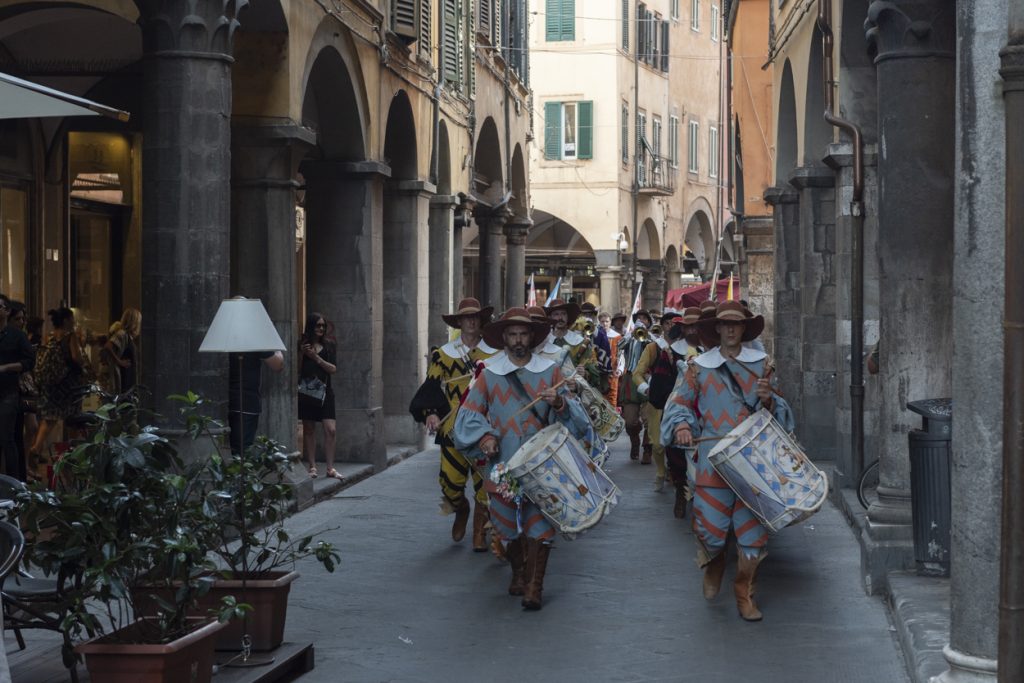











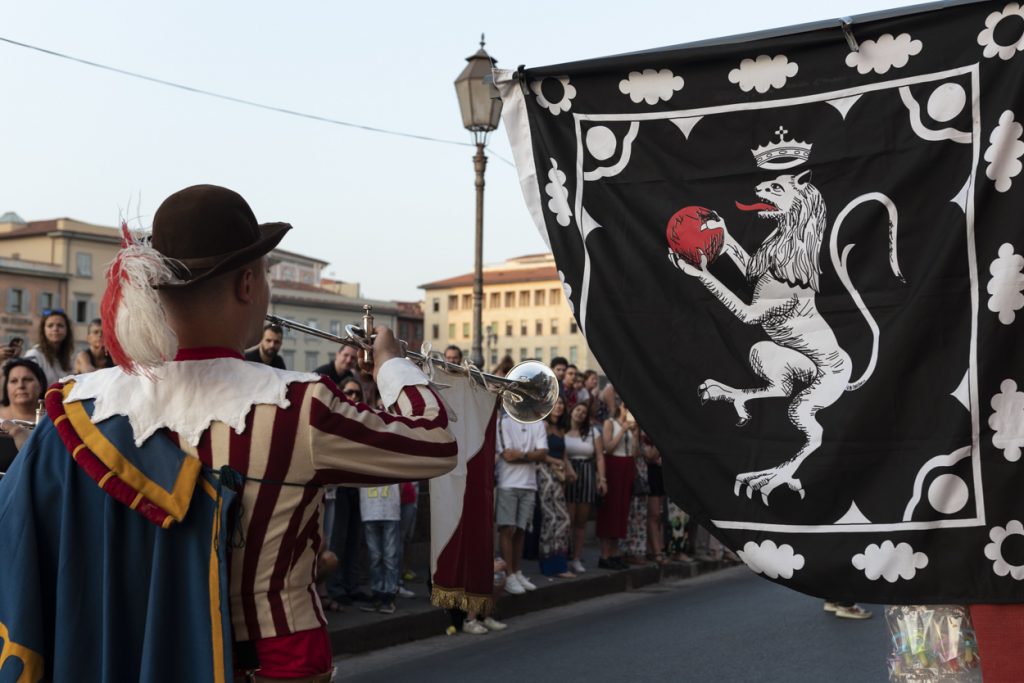


















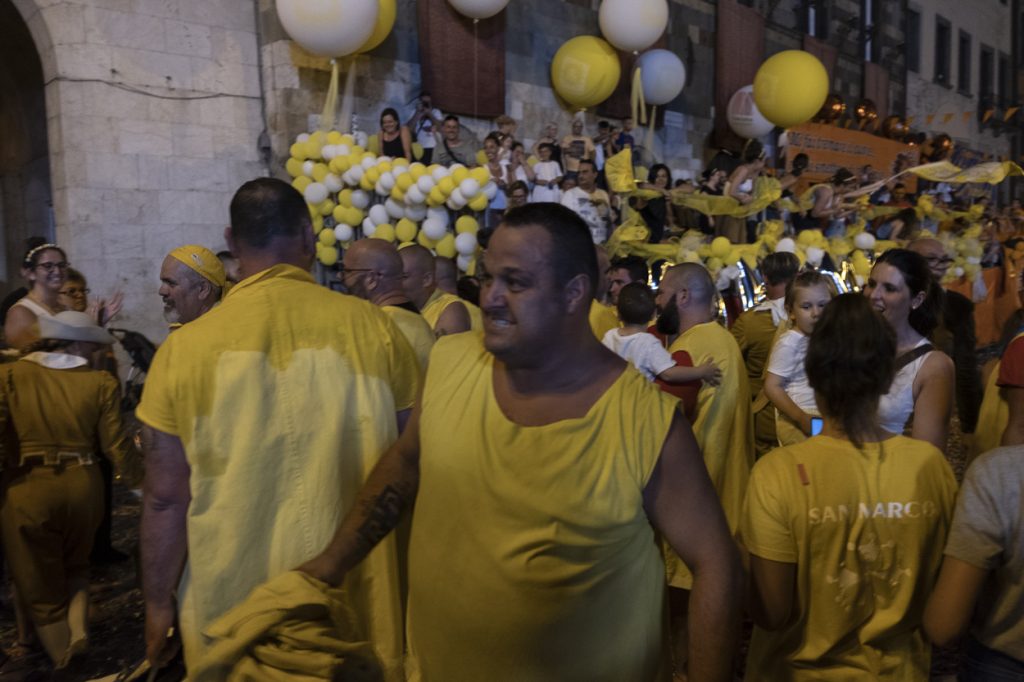


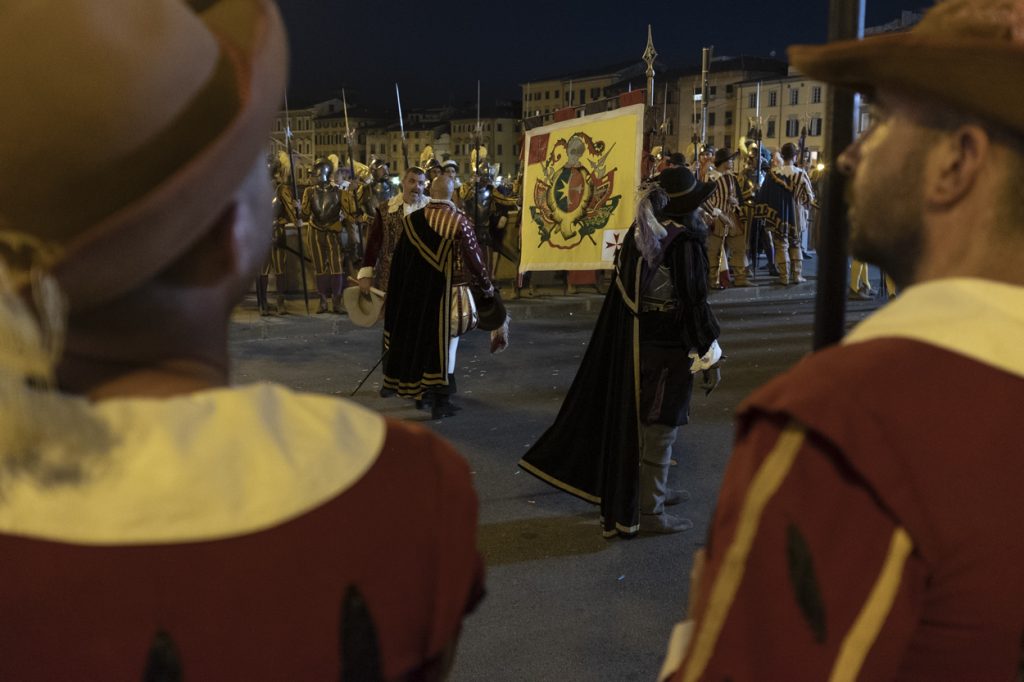
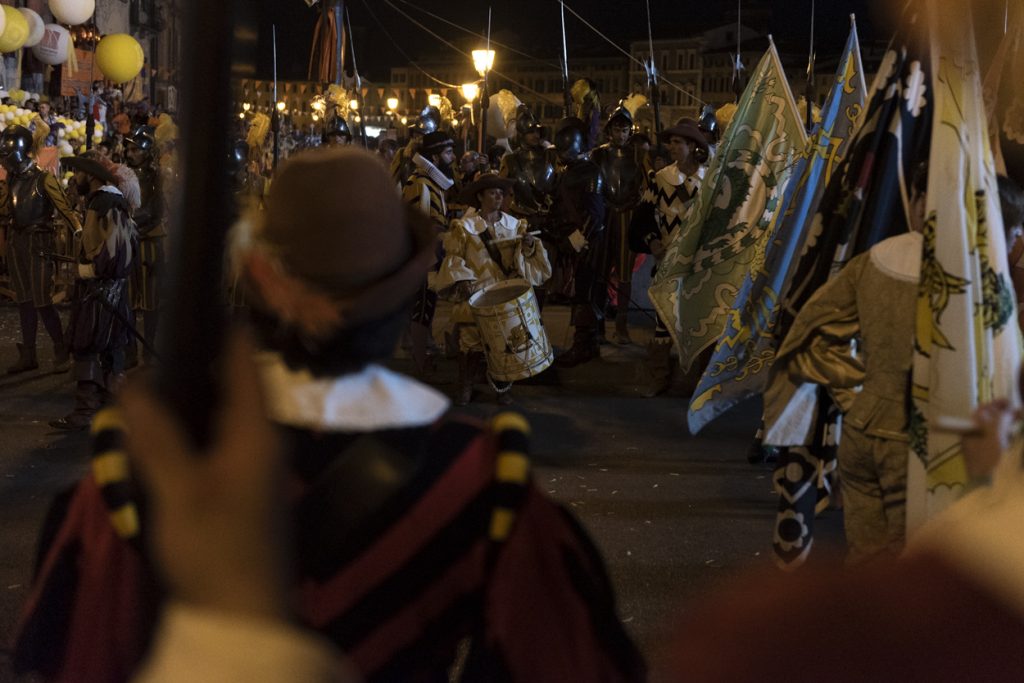



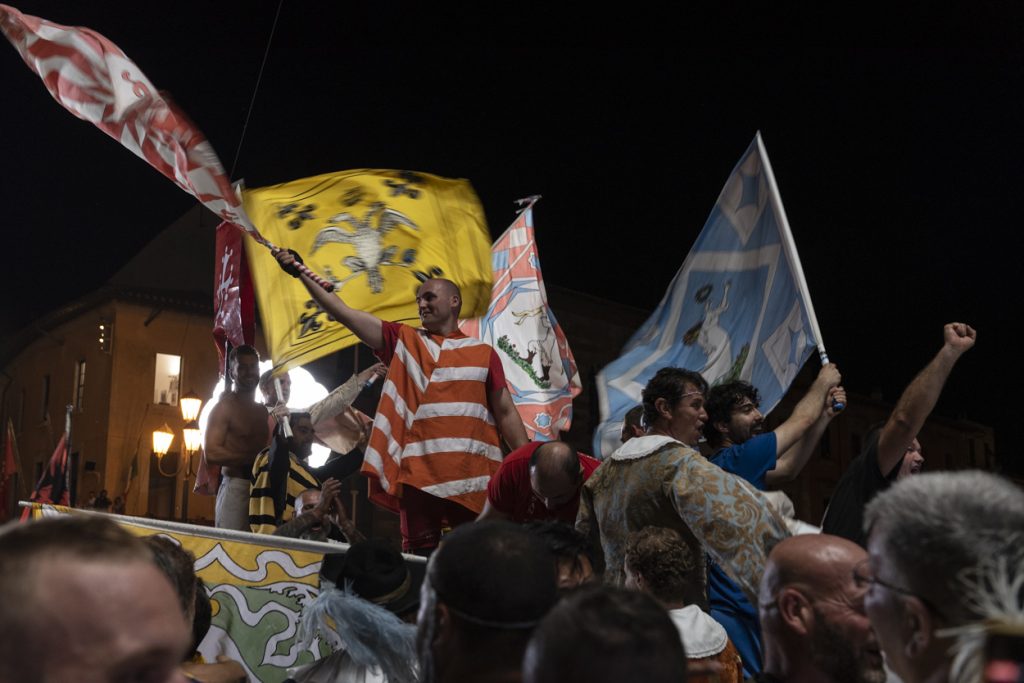

Resources:
Amici del Gioco del Ponte – link in English:
http://www.giocodelpontedipisa.it/pisa-battle-on-the-bridge.php
Thanks to the Comune di Pisa for the support I have received to produce this work.

